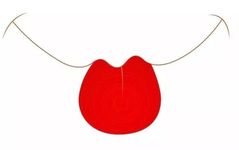The tongue not only allows us to taste the flavors of sour, sweet, bitter, and spicy,
but it also serves as a portable “health report.”
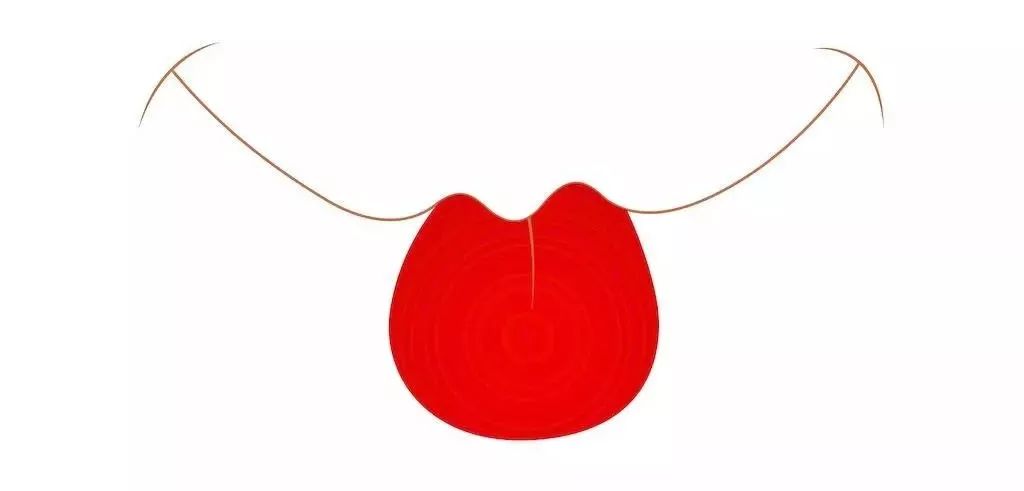
When visiting a doctor, they often ask you to “stick out your tongue for a look” because the tongue can reveal issues with the internal organs before you even realize them.
The tongue is closely connected to various organs and meridians, and it relies on the nourishment of qi (vital energy), blood, and body fluids. Therefore, observing the tongue can provide insights into one’s health status.
The complete method of tongue diagnosis is complex and not easy to learn, but we can use the following simple observation techniques to assess our health for daily self-care.
A healthy tongue looks great

A normal tongue should be “light red with a thin white coating”.
This means the tongue body is soft, light red in color, moderately sized without teeth marks, and the coating is white, thinly spread over the tongue surface, with a balanced moisture level, neither sticky nor greasy.
Abnormal tongue appearances can manifest in the tongue’s color, coating, shape, and the blood vessels and meridians on the tongue’s underside.
In Traditional Chinese Medicine (TCM), the tongue is divided into the tip, middle, root, and sides. The tip corresponds to the heart and lungs, the middle corresponds to the spleen and stomach, the root corresponds to the kidneys, and the sides correspond to the liver and gallbladder.
By understanding this correspondence, one can quickly identify organ issues by observing the tongue’s color.
1. Observe the tongue color
1.1 Red tongue

If the tongue color is deep and appears bright red, it indicates internal heat.
If the coating is yellow and thick, it suggests excess heat, which can be treated with herbs like Jin Yin Hua (Honeysuckle);
If the coating is very thin or absent, it indicates deficiency heat, which can be treated with Shi Hu (Dendrobium) to nourish yin and clear heat.
If only the tip of the tongue is red and accompanied by pain, this indicates heart fire rising, often caused by irregular lifestyle; it is recommended to drink corn silk tea.
If the middle of the tongue is red, it is likely due to excessive stomach fire.
1.2 Pale white tongue
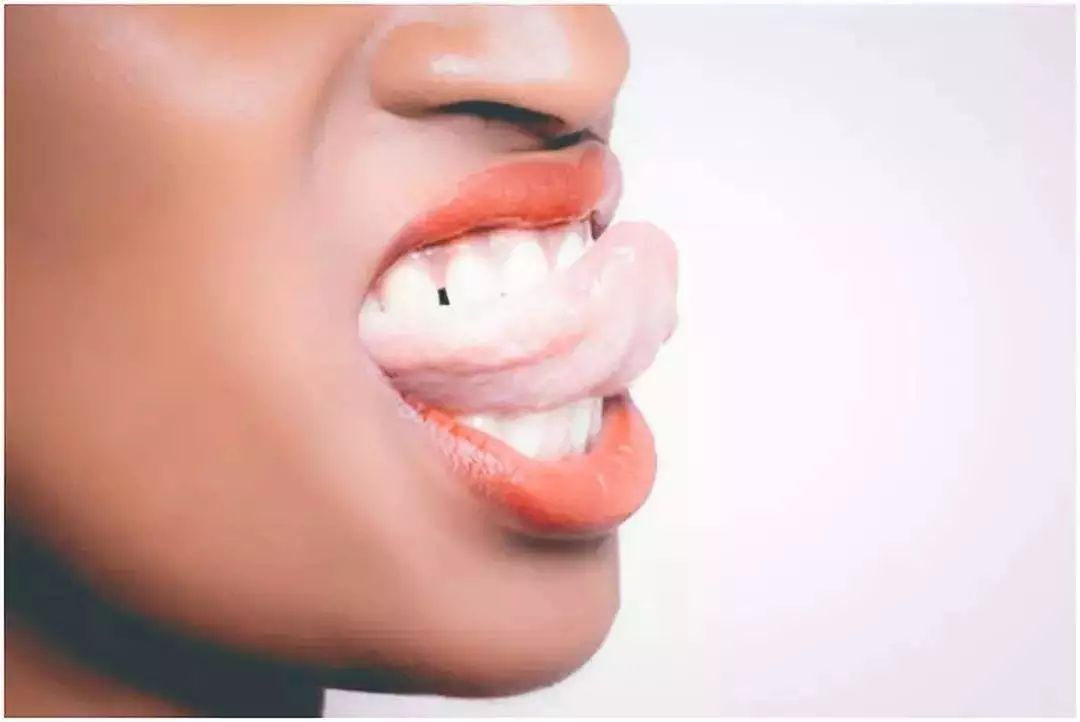
If the tongue color is pale and appears somewhat white (note to distinguish from the coating), this indicates deficiency, particularly qi and blood deficiency, commonly seen in women during menstruation.
Consuming chicken soup with Dang Gui (Angelica) or black-boned chicken soup with red dates is very effective.
1.3 Purple tongue
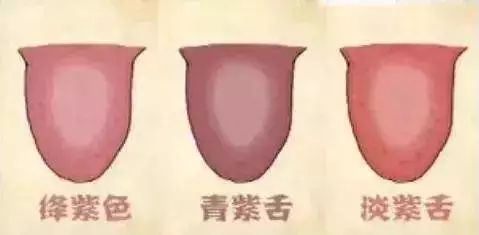
A purple tongue indicates cold, heat diseases, and blood stasis.
A dark purple tongue indicates blood stasis; a purple and swollen tongue with bright red spots indicates heat toxin attacking the heart; a tongue with purple spots at the tip indicates liver qi stagnation and blood stasis; a tongue that is purple like a pig’s liver, dull and lacking luster, indicates a critical condition of exhausted stomach and kidney yin fluids.
A purple tongue suggests a relatively severe condition, and it is advisable to seek medical attention promptly.
2. Observe the tongue coating texture
2.1 White, thick, greasy coating
A thick white coating on the tongue often indicates insufficient yang qi in the middle jiao (spleen and stomach), suggesting poor digestion and the presence of dampness in the body.
If children exhibit this type of coating, it often indicates overfeeding or frequent snacking leading to food accumulation.
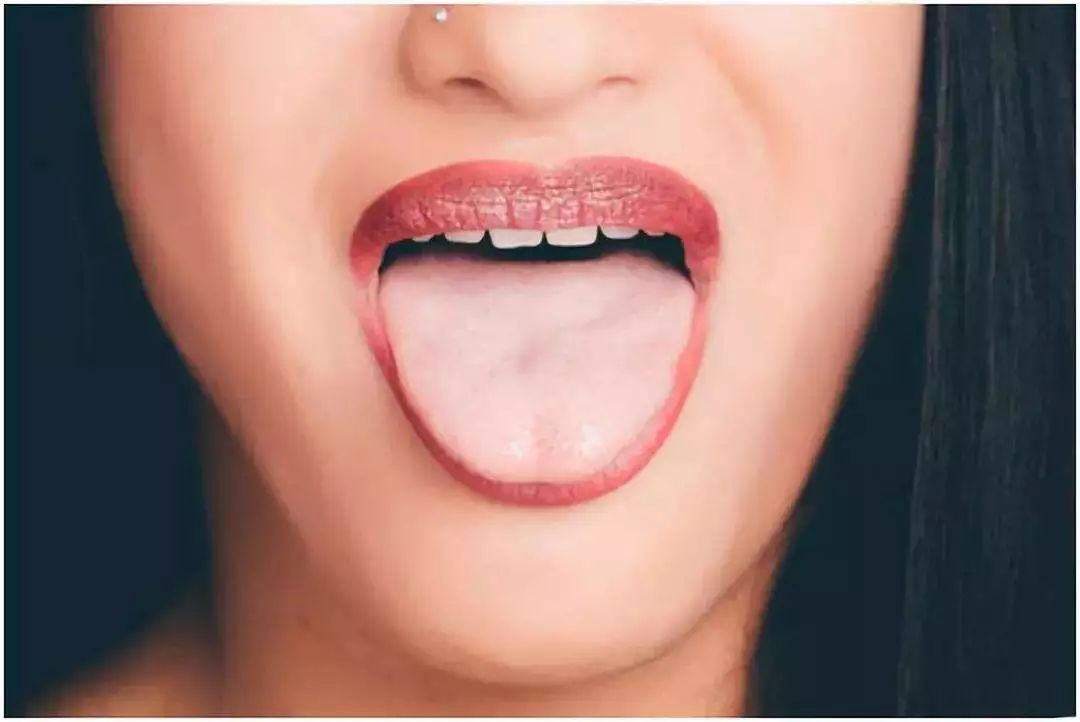
2.2 Yellow, thick, greasy coating
A yellow coating indicates heat, while a greasy coating indicates dampness, phlegm, or food stagnation. A yellow and greasy coating indicates the presence of damp-heat in the body.
This is often seen in young men who frequently socialize or drink excessively, and such individuals often have abnormal blood lipid levels and elevated uric acid, known as “rich man’s disease.”
Additionally, summer heat and dampness can also lead to a yellow and greasy coating.
3. Observe the shape of the tongue
3.1 Fat, large tongue with teeth marks
This type of tongue appears white and swollen, often referred to as “white jade tongue.” A fat tongue may have teeth marks along the edges due to friction with the teeth.
Individuals with a fat tongue often have excessive saliva, feel cold, have cold hands and feet, and lack energy, indicating kidney deficiency.
Such individuals should strengthen the spleen and eliminate dampness, and can regularly consume foods like Fu Ling (Poria), Shan Yao (Chinese Yam), red dates, and hawthorn.
3.2 Thin, small, red tongue

This is commonly seen in the elderly and may indicate kidney yin deficiency or yin deficiency with heat. Under medical guidance, one can take Liu Wei Di Huang Wan (Six-Ingredient Pill with Rehmannia) to improve this condition.
4. Observe the sublingual veins
In healthy individuals, the sublingual veins should not be prominently visible (they should not be visible in the absence of disease). Generally, if the veins are prominent, it indicates blood stasis in the body. The location of blood stasis varies with age; for example, young women may indicate menstrual blood stasis, while middle-aged and elderly individuals may indicate abnormal blood pressure and lipid levels.
There are several situations in which tongue observation should be avoided:
First, avoid any staining.
The normal color of the tongue coating is light white. If the color changes, it indicates a change in the body, which has diagnostic significance. It is essential to avoid artificially altering the color by consuming orange juice, strong tea, coffee, or colored foods.
Second, do not observe the tongue in the morning.
When lying down at night, blood circulation slows, and dampness can reflect on the tongue. Therefore, observing the tongue in the morning often shows a lighter color and thicker, drier coating, which are merely superficial appearances and do not reflect the body’s condition throughout the day.

Third, avoid observing the tongue within half an hour after eating.
During meals, the tongue is actively involved in food mixing and chewing, blood circulation increases, and the tongue’s appearance may become red and the coating may be worn.
Fourth, avoid observing the tongue under colored lighting.
Colored lighting can affect our judgment of tongue color. The best light source for tongue observation is indirect sunlight, which means observing the tongue in the shade of a building, facing away from the sunlight.

